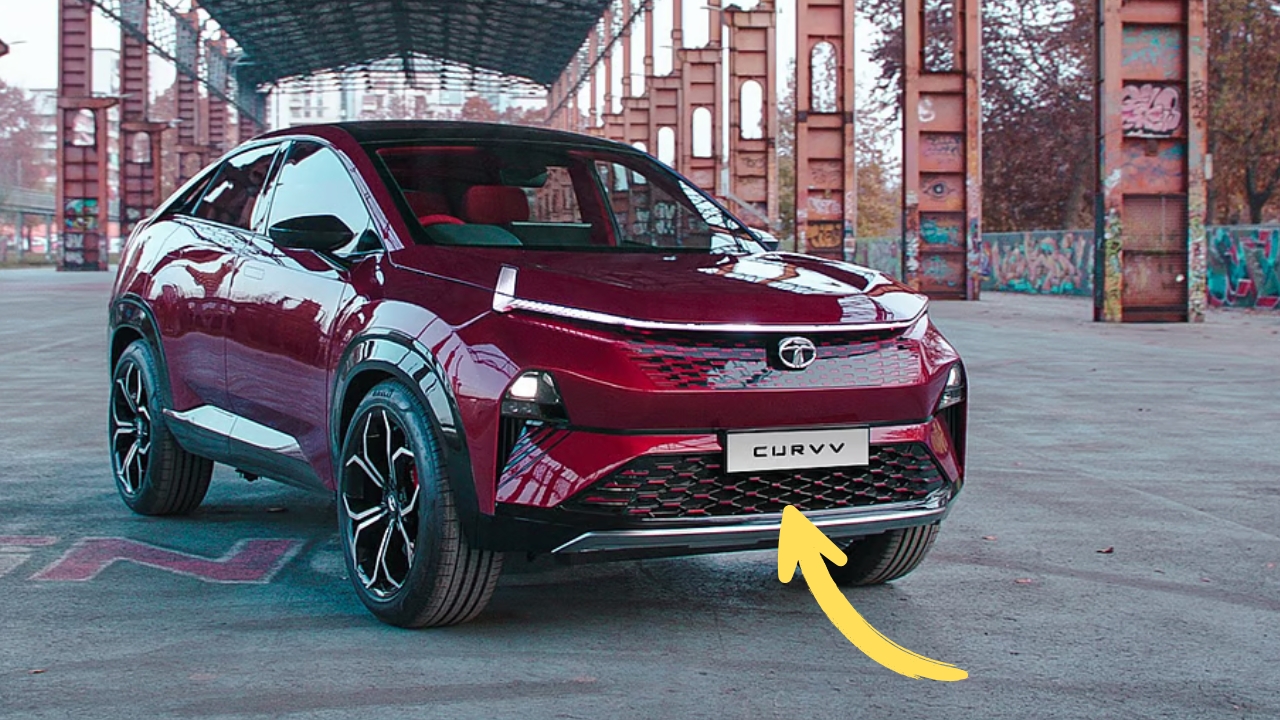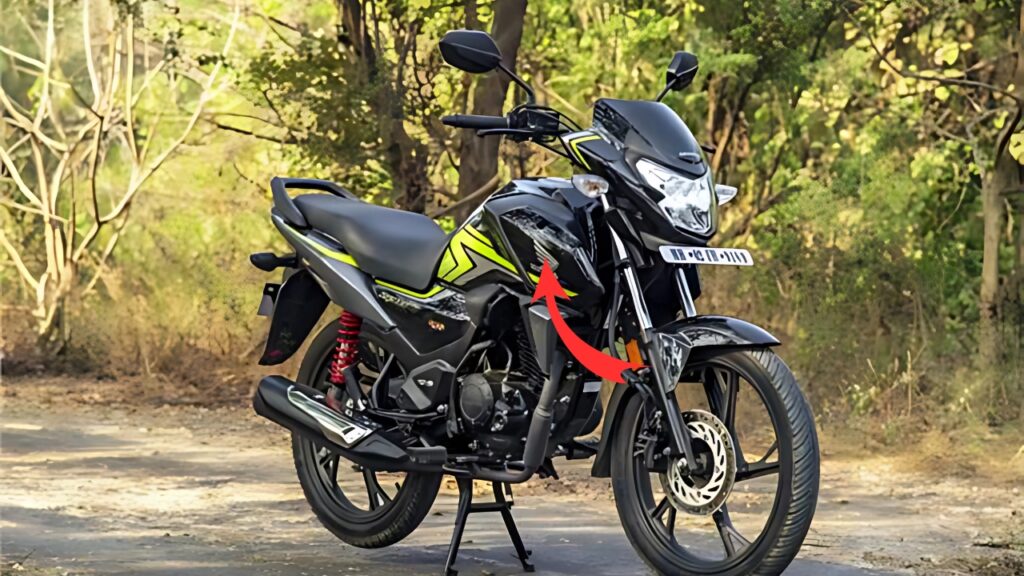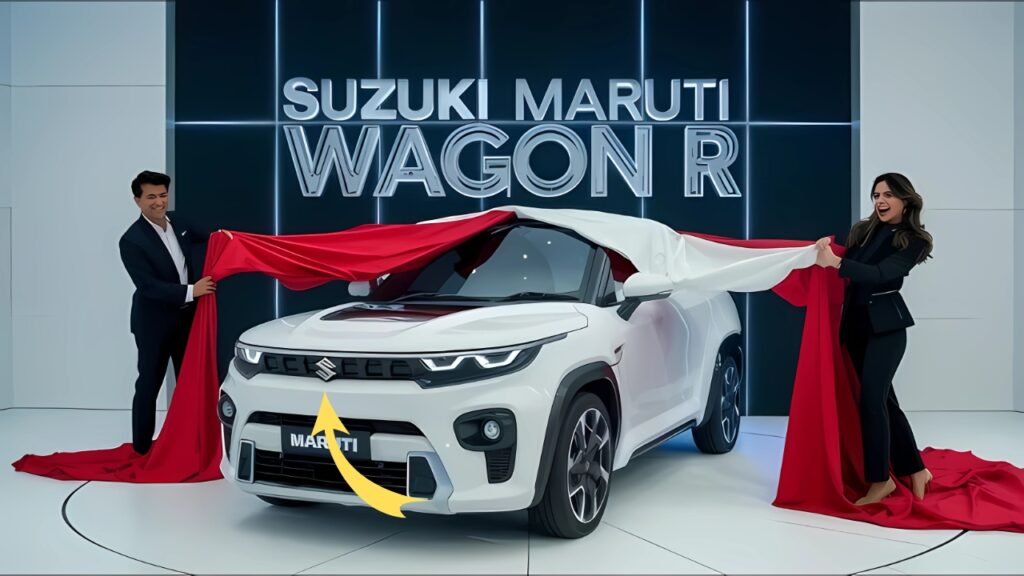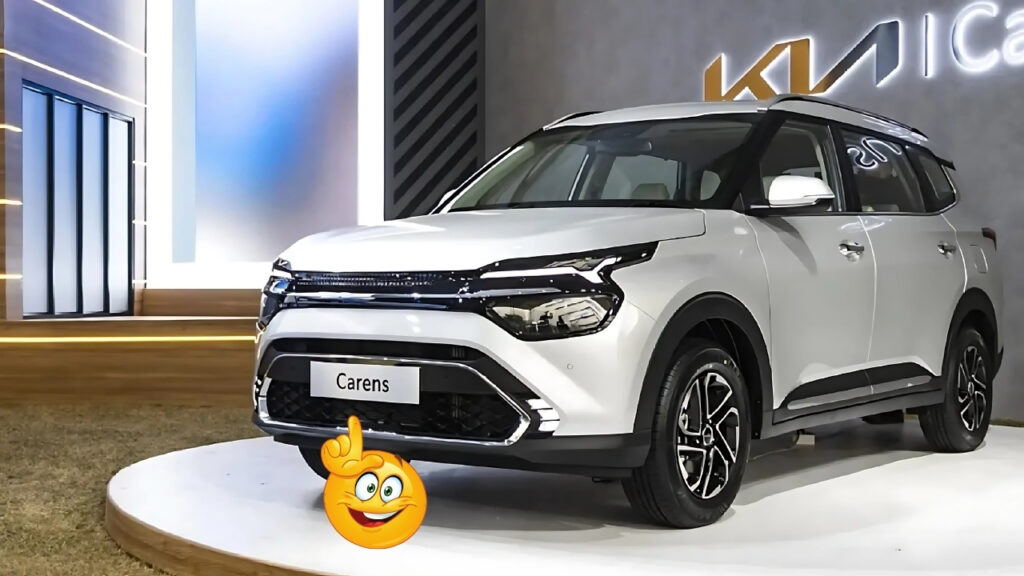Tata Curvv: Now, what really sets the Curvv apart in India’s crowded SUV landscape is its striking silhouette, which features the telltale rugged SUV proportions, combined with a steeply sloping roofline.
This approach to design, which was previously seen mostly in more premium European products, makes the SUV-coupe a more accessible proposition to car buyers in India.
The front fascia is in line with Tata’s new-age design and features a narrow, connected LED light bar that runs along the width of the vehicle, while the vertically stacked headlamps are said to create a signature lighting identity.
The prominent bulge of the hood and sculpted front bumper lend to its muscular stance without losing aerodynamic efficiency.
In profile, the Curvv finally shows off its most unique feature — its progressive roofline that swoops dramatically to the rear, finishing up with a steeply raked rear window.
In that vein, the new SUV’s design features frameless windows, flush door handles, and optimized aerodynamics that further suggest a progressive outlook.
At the back, the C2 follows the modern theme with connected tail lamps with signature lighting, a steeply sloped rear screen, and a bigger integrated spoiler — all for added visual impact and downforce.
Table of Contents
Tata Curvv: Strategy for Powertrain and Electrification

In a major strategic move, Tata has positioned the Curvv as a bi-fuel output in its powertrain strategy.
The car’s initial launch will be a pure electric model, which will strengthen Tata’s position as a leader in India’s emerging EV segment, while its internal combustion engine variants will cater to the transitional nature of the market.
The electric Curvv is powered by Tata’s Ziptron technology, with a high-density lithium-ion battery pack that boasts over 500 kms of range in a single charge.
The electric powertrain provides agile performance thanks to an electric propulsion system’s instantaneous torque delivery.
Tata provides petrol and diesel options for the regular powertrain, which includes the 1.5-liter turbocharged direct-injection petrol engine noted for its smoothness, as well as the familiar 1.5-liter diesel engine, to be paired with manual as well as automatic transmission choices.
Interiors — Innovation & Technology
In the Curvv’s cabin, Tata’s journey up the interior design and material quality ladder continues. Constructed from sustainable fabrics and responsibly sourced trim elements, the layered dashboard mirrors a growing environmental consciousness among target consumers.
Central console is taken over by a floating touchscreen infotainment system with Tata’s latest connectivity suite including wireless smartphone integration, over-the-air update capability and voice command functionality.
The digital instrument cluster offers customizable displays of information while being intuitively easy to use.
Other highlights inside are ventilated front seats, a full-length sunroof that gives the illusion of space despite the Felixstowe-facing roofline and a premium audio system co-designed with world-renowned acousticians.
Creating a Segment for Market Positioning
Positioned strategically in the hatch brand’s portfolio, the Curvv will sit between the best-selling Nexon compact SUV and the three-row Safari. It slots in well, aiming for urban traits of style and technology without going all-out impractical.
By bringing SUV-coupe aesthetics to the mass-market, Tata essentially creates a new segment in India, one that existed only at luxury price points, BTC2, represented by the likes of the BMW X4 and Mercedes-Benz GLC Coupe.
This mirrors the way in which Tata created a whole segment with the original Safari and the Aria, both of them new segments for the Indian buyer.
Sustainability has become an increasingly important priority, especially in the context of the manufacturing approach.
Tata’s new-age manufacturing facilities, with a much higher level of automation and precision assembly processes would’ve been employed to produce the Curvv due to the vehicle’s rather complex surfacing and tight panel gaps.
Sustainable Production: From raw materials and processing to shipment, manufacturing emphasizes sustainability: Our processes use less water, consume less energy, and generate less waste.
The electric edition comes with independent battery assembly lines and high standards of quality assurance to tackle an important challenge of battery practicality in the unique Indian conditions defined by extreme temperature ranges and diverse charging infrastructure.
Tata Curvv: Impact on the Market and Competitive Landscape
The Curvv is arriving in a market that’s becoming more open to design-centric vehicle options from established brands aiming to broaden their portfolio and bring more diverse delivery to the home section.
It might even bring forward the evolution of India’s SUV market from one in which utility is king and differentiators are minimal, toward one where emotion and design take preference over functionality.
While the Curvv applies effective lipstick to the subject of electrification, its dual powertrain strategy also serves as a useful bridge in India’s slow switch tackle electrification, allowing Tata to have a presence in both the new and less, so to speak, exciting propulsion segments while the market adjusts.
By blending aspirational styling with affordable pricing and requiring considerations for our conditions, with the Curvv, Tata Motors is well on track with its steps towards a confident, capable design that means business when it comes to potentially going beyond domestic competition and taking on the world with a globally relevant design harnessed with local optimization.





